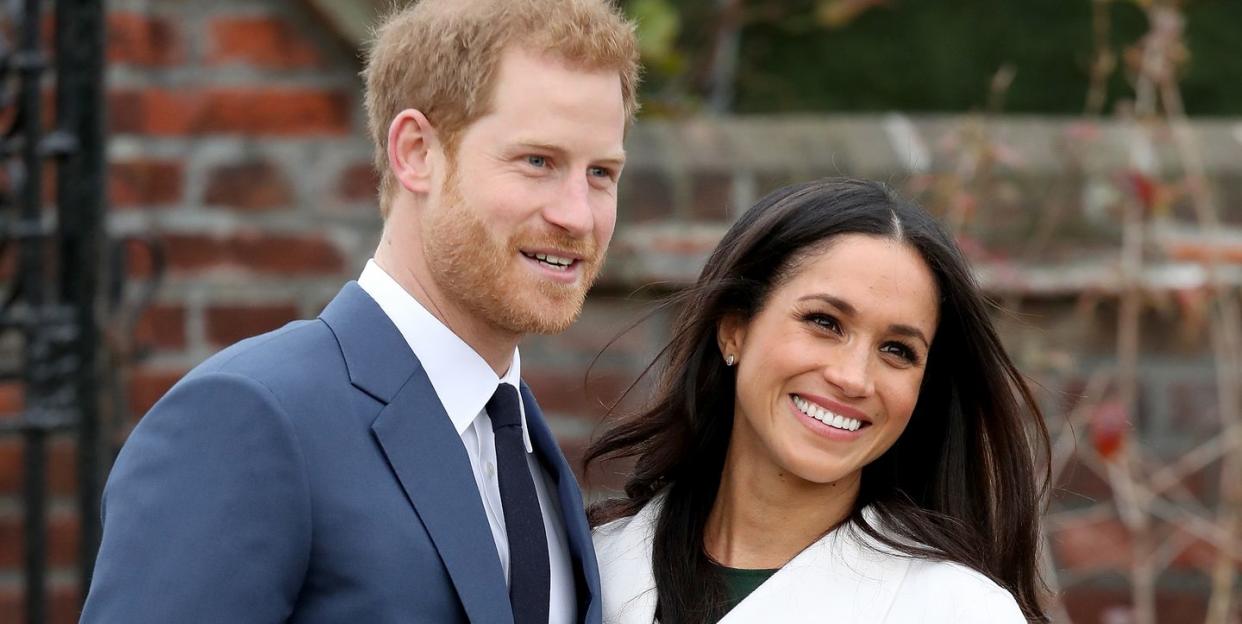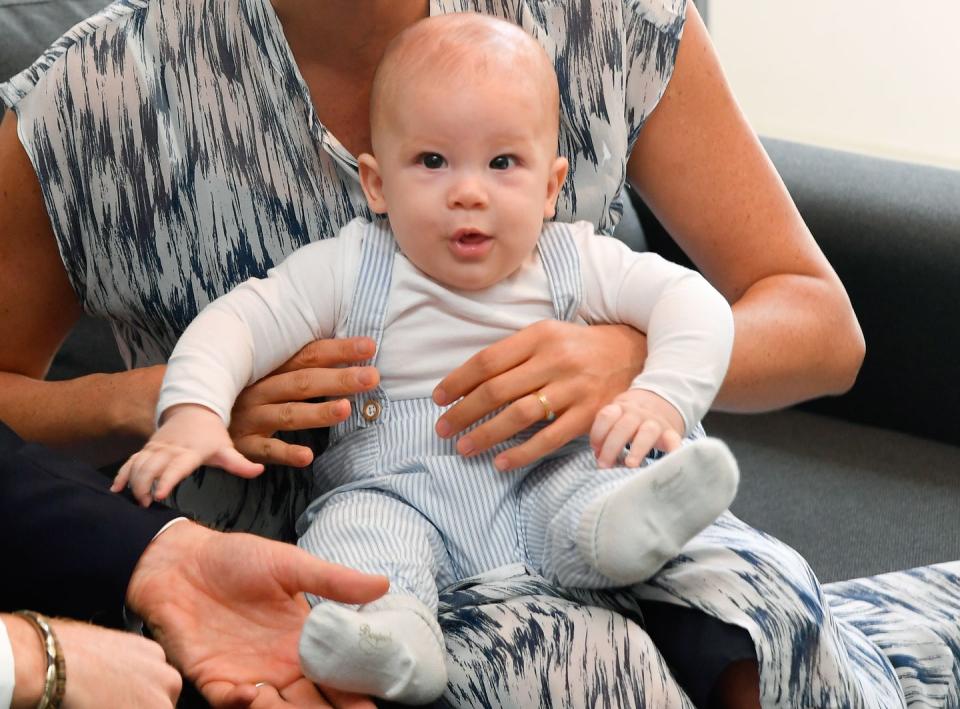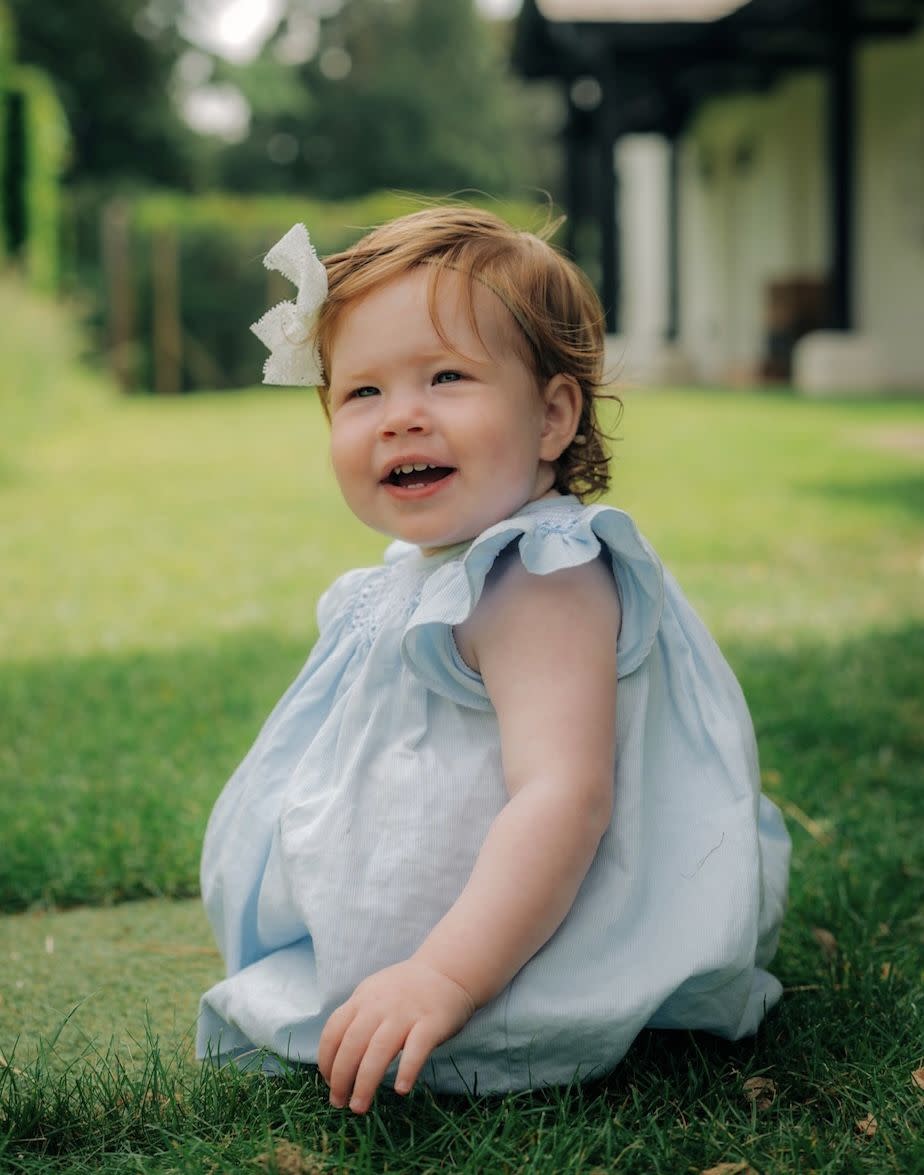Prince Harry And Meghan Markle Always Wanted Their Children To Be Prince And Princess

- Oops!Something went wrong.Please try again later.
- Oops!Something went wrong.Please try again later.
Many will remember when Archie was born in May 2019 that Prince Harry and Meghan rejected the title Earl of Dumbarton for him. At the time, this was widely interpreted as representing their desire to want him to have a “normal life” as he was never expected to grow up to become a full-time working royal. Instead, he was introduced to the world as Master Archie Harrison Mountbatten-Windsor.
Fast forward to today and a somewhat different light is shed on Harry and Meghan’s 2019 decision. Their choice, it is now clear, was not about rejecting titles in general but rather that a title they were happy to accept for their son was not at that time available to him. When he was born, he was the great grandchild of the reigning monarch and therefore, under the now much-discussed 1917 letters patent of King George V limiting styles and titles for the royal family, not able to be a Prince. This, however became possible when Queen Elizabeth died and he became the grandchild of the monarch down the male line (despite modernizing the line of succession to give girls and boys equal rights to the throne the sexism remains here, as were Harry female his children would not get the titles Prince and Princess).

It is true that once Charles became King, the titles of Prince and Princess were automatically available to Archie and Lilibet. They were, as Harry and Meghan have pointed out, their “birthright.” But so was the title Earl of Dumbarton for Archie and they didn’t use it. And the titles of Prince and Princess were also automatically available to Prince Edward’s children and he and Sophie chose not to use them. So the ball was in Harry and Meghan’s court and there was a decision to be made and communicated.
Their choice was made clear as part of another announcement this week which, as is the case so often with the royal family, said more than it actually said. The confirmation that Lilibet’s christening had taken place, outlined by the couple’s spokesperson yesterday, called her Princess Lilibet. Then, the royal family updated their official website to refer to Prince Archie of Sussex and Princess Lilibet of Sussex.

Buckingham Palace did not seem taken by surprise by Harry and Meghan’s decision (a dialogue had clearly taken place). But it may have surprised others. Those who thought that Harry and Meghan were rejecting royal titles for a normal life for their children even when they were working royals themselves now discover that they have indeed embraced royal titles for their family, even after they have walked away from royal life. The family ties can of course never be broken, but the titles are a feature of the institution and could have easily been left behind when they forged their independent life.
One reason being given is that the Sussexes want to allow their children the choice of whether or not to use their titles when they are older. It is true that it would be harder for Archie and Lilibet to suddenly pick them up than it would be to drop them. This is also a reminder that, unless King Charles issues a new letters patent to remove the titles, the decision is not in the monarchy's hands. Harry and Meghan did not get to leave the royal family on their own terms—the half in and half out model they proposed was rejected—and Harry continues to protest the fact that he no longer has guaranteed security in the UK. The question of their children using titles was entirely his and Meghan's to make.
Yet there is no denying that using Prince and Princess for their children makes Harry and Meghan vulnerable to the accusations of exploiting their royal status that have plagued them since they walked away in 2020. It provides a counter to the narrative that they want to carve out an identity for their family beyond their royal links. The Sussexes have been very critical of the institution of the monarchy, yet this is a move that many will see as a confusing choice to be further aligned with it than they need to be. It suggests a preoccupation with a hierarchy they have, on the face of it, eschewed.
Looking back to 2019, the clues were always there that the rejection of the Earl of Dumbarton title was not for the reasons most presumed. “The Duke and Duchess of Sussex have elected not to use courtesy titles at this time,” the statement from their spokesperson said. The inclusion of “at this time” was an indicator that the couple was anticipating there could one day be a change. Yet more change than anyone thought possible has happened in the intervening years.
It is perhaps not remarkable that when their son was born Harry and Meghan wanted him to have the title of Prince. But some may find it more surprising that they still do.
You Might Also Like

